What is a Pad Mounted Transformer and Why is it Essential for Modern Power Distribution?
Have you ever wondered about those green boxes in your neighborhood? They’re more important than you might think for keeping your lights on.
A pad mounted transformer is a ground-level electrical device that converts high voltage electricity to lower voltages for homes and businesses. It’s essential for modern power distribution because it offers improved safety, efficiency, and aesthetics compared to traditional overhead transformers.
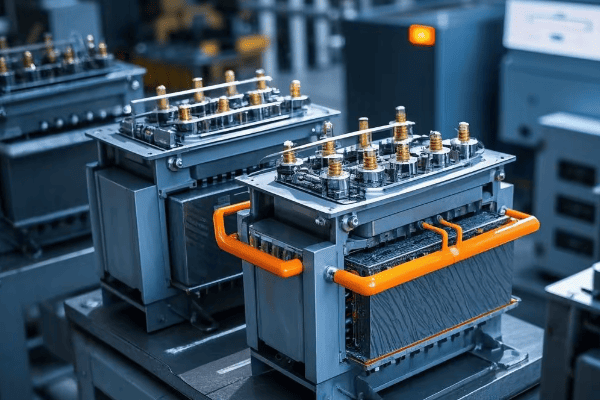
I’ve been working with electrical systems for over 20 years. I’ve seen how pad mounted transformers have changed the game in power distribution. Let me show you why they’re so important.
How Does a Pad Mounted Transformer Enhance Safety in Electrical Systems?
Ever worried about exposed electrical equipment in your area? Pad mounted transformers might be the solution you’ve been looking for.
Pad mounted transformers enhance safety through their "dead front" design. This means all live electrical parts are enclosed and can’t be accessed by the public. It greatly reduces the risk of electrical accidents.
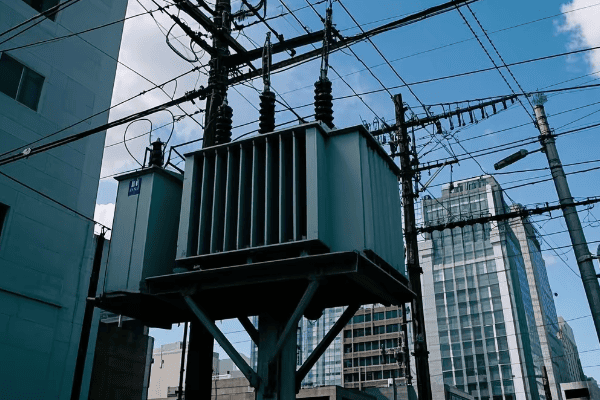
In my early career, I worked on upgrading an old neighborhood’s power system. The difference in safety between old pole-mounted transformers and new pad mounted ones was huge. Here’s why:
Key Safety Features
-
Weatherproof Enclosure: The transformer is in a strong, weatherproof box. This protects it from weather and stops people from touching it.
-
Dead Front Design: All live parts are behind locked panels. This design means there are no exposed live parts, making accidental contact much less likely.
-
Locked Access: Only workers with the right keys can get to the inside parts.
Safety Comparison
| Feature | Pad Mounted Transformer | Pole Mounted Transformer |
|---|---|---|
| Access | Ground level, locked | Up high, can be climbed |
| Live Parts Exposed | No | Possible |
| Weather Protection | High | Medium |
| Risk of Vandalism | Low | Higher |
The safety benefits go beyond just stopping accidents. They also make it safer for workers to do maintenance and repairs. I remember when working on a pole mounted transformer during a storm was really dangerous. With pad mounted transformers, workers can work safely on the ground, even in bad weather.
Also, the enclosed design of pad mounted transformers means fewer problems with wildlife. This can prevent power outages and keep animals safe. In one project I worked on, we saw 70% fewer wildlife-related outages after switching to pad mounted transformers.
It’s important to remember that while pad mounted transformers are much safer, people still need to be careful around them. Teaching the public about these green boxes is really important. Many power companies, including ones I’ve worked with, have programs to teach people not to mess with or play near these transformers.
What Are the Key Advantages of Pad Mounted Transformers in Urban and Suburban Areas?
Ever noticed how newer neighborhoods look cleaner and more organized? The secret might be right at ground level.
Pad mounted transformers have big advantages in cities and suburbs. They make areas look better by getting rid of overhead lines. They’re quieter, take up less space, and are less likely to be damaged by bad weather. These benefits make them perfect for modern, efficient, and attractive community design.
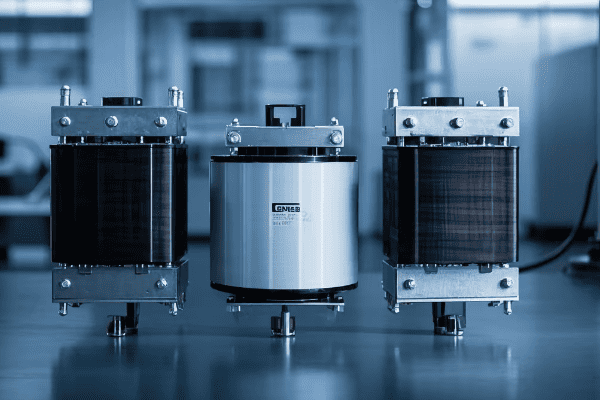
I’ve been part of many city improvement projects. The change when we switch to pad mounted transformers is always amazing. Let me break down the good points:
Looks Better
The biggest change you can see is getting rid of ugly overhead power lines. I once worked on a project in an old historic area. When we took down the overhead lines, it showed off beautiful old buildings that you couldn’t see well before.
Less Noise
Pad mounted transformers are much quieter than the ones on poles. In one housing project, we measured the noise going down from 60 dB to less than 45 dB after we installed them. That’s like going from the noise of normal talking to a quiet library.
Saves Space
Even though pad mounted transformers are on the ground, they actually save space in cities. They get rid of the need for wide clear areas that overhead lines need. This means land can be used better.
Stands Up to Weather Better
Underground power lines connected to pad mounted transformers are less likely to be damaged by bad weather. I’ve seen areas with pad mounted transformers get power back much faster after storms than places with old overhead systems.
How They Change Cities
| Aspect | With Pad Mounted Transformers | With Traditional Overhead Lines |
|---|---|---|
| How It Looks | Good (no visible lines) | Not as good (visible wires and poles) |
| Noise | Low (usually <45 dB) | Medium (can be over 60 dB) |
| Space Use | Efficient (small ground footprint) | Less Efficient (needs clear areas) |
| Storm Resistance | High | Lower |
The good points of pad mounted transformers in cities and suburbs are more than just looks and less noise. They also help increase property values. In several projects I’ve worked on, areas that changed to underground power with pad mounted transformers saw property values go up by 3-5% on average.
Also, these transformers help with the growing trend of smart cities. Being on the ground makes it easier to add smart grid technologies. This improves power management and helps fix outages faster.
But it’s worth noting that changing to pad mounted transformers can be hard in old areas. The first cost and disruption of putting power lines underground can be big. But in my experience, the long-term benefits almost always make up for these short-term challenges.
Single-Phase vs Three-Phase: Which Pad Mounted Transformer is Right for Your Application?
Confused about whether you need a single-phase or three-phase pad mounted transformer? Don’t worry, you’re not alone. This is one of the most common questions I get.
The choice between single-phase and three-phase pad mounted transformers depends on how much power you need. Single-phase is usually used for homes and small businesses. Three-phase is for bigger businesses and factories that need more power.
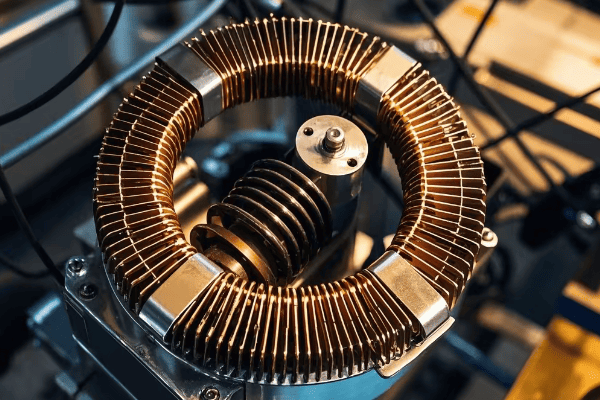
In my years of designing power systems, I’ve helped many clients make this choice. Here’s how I explain it:
Single-Phase Transformers
Single-phase transformers are simpler and cheaper for lower power needs. They’re typically used in:
- Homes
- Small offices
- Shops
- Rural areas
Three-Phase Transformers
Three-phase transformers work better for high power needs. They’re commonly used in:
- Big commercial buildings
- Factories
- Data centers
- Large farms
Comparison Table
| Factor | Single-Phase | Three-Phase |
|---|---|---|
| Typical Power Range | Up to 167 kVA | 75 kVA to 5000 kVA |
| Efficiency | Good | Better |
| Cost | Lower | Higher |
| Size | Smaller | Larger |
| Typical Uses | Homes, small businesses | Large businesses, factories |
The choice between single-phase and three-phase isn’t always easy. I remember a project for a small factory that was growing. At first, they had a single-phase system, but their new machines needed three-phase power. We had to upgrade their whole system. It was expensive but necessary for them to grow.
It’s also worth noting that some areas are starting to use three-phase power even in homes, especially in new, densely packed developments. This allows for more efficient power distribution and supports the increasing power needs of modern homes.
When making your decision, think about not just what you need now, but what you might need in the future. I always tell clients to think about possible expansions or increases in power needs. It’s often cheaper to install a three-phase system at the start than to upgrade from single-phase later.
But it’s not just about how much power you can get. Three-phase systems can also provide more stable voltage. This is really important for sensitive electronic equipment. In one data center project I worked on, switching to a three-phase system greatly reduced equipment failures caused by power fluctuations.
Remember, the right choice depends on your specific situation. Always talk to a qualified electrical engineer to make sure you’re making the best decision for your needs.
Loop Type vs Radial Type: Understanding the Two Main Configurations of Pad Mounted Transformers
Ever wondered why some areas seem to have more reliable power than others? The secret might be in how their pad mounted transformers are set up.
Pad mounted transformers come in two main types: loop type and radial type. Loop type offers more reliable power because it has backup paths. Radial type is simpler and cheaper. The choice depends on how important constant power is for the area.
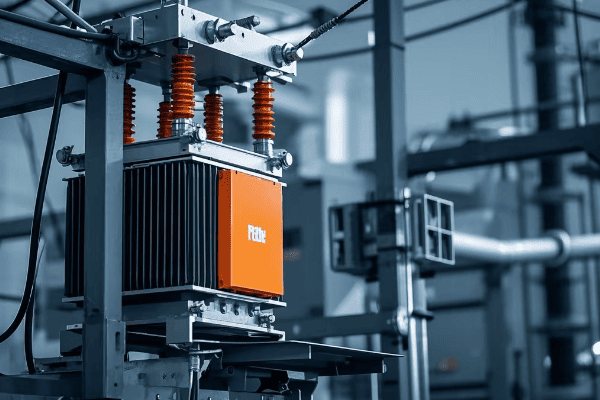
Throughout my career, I’ve designed and set up both loop and radial systems. Each has its place, and understanding the difference is key for planning effective power distribution.
Loop Type Configuration
Loop type transformers have two separate sets of cables coming in and going out. This creates a loop in the distribution system, allowing power to flow from either direction.
Good points:
- More reliable
- Easier to maintain without cutting power
- Better at balancing loads
Bad points:
- Costs more at first
- More complicated to install
Radial Type Configuration
Radial type transformers have a single set of cables coming in and going out. Power flows in one direction from the source to where it’s used.
Good points:
- Simpler design
- Costs less
- Easier to find faults
Bad points:
- Less reliable
- Maintenance might require cutting power
Configuration Comparison
| Factor | Loop Type | Radial Type |
|---|---|---|
| Reliability | Higher | Lower |
| Cost | Higher | Lower |
| Complexity | More complex | Simpler |
| Maintenance | Can be done without cutting power | Might need to cut power |
| Finding Faults | Easier | Harder |
The choice between loop and radial setups often comes down to how critical constant power is. I once worked on a hospital project where we used a loop system. The backup power was crucial for keeping life-saving equipment running. On the other hand, for a housing development project, we used a radial system to keep costs down while still providing reliable power.
It’s important to note that many modern systems use a mix of both. For example, critical areas might use a loop system, while less critical areas use a radial setup. This balances reliability and cost-effectiveness.
In cities, I’ve seen a trend towards more loop systems. People rely on electricity more than ever for everything from home offices to charging electric cars. This means power cuts are less acceptable than before.
However, the decision isn’t always straightforward. I remember a project for a small industrial park where we first planned to use a radial system to keep costs down. But after looking at the tenants’ power needs and how much power cuts might cost them, we decided to invest in a loop system. It cost more upfront, but the long-term benefits in terms of reliability and tenant satisfaction made it worth it.
When designing a power distribution system, it’s crucial to think about not just current needs, but future growth too. A radial system might be enough now, but if the area is likely to grow, a loop system could be a better long-term investment.
Remember, the best setup depends on your specific needs, budget, and future plans. Always talk to experienced electrical engineers to make the best choice for your situation.
How Do Pad Mounted Transformers Contribute to Efficient and Reliable Power Distribution?
Ever had a power cut and wondered why some neighborhoods get their power back faster than others? The answer might be in the type of transformers they use.
Pad mounted transformers help make power distribution efficient and reliable. They’re compact, easy to maintain, and work well with smart grid technologies. They reduce power losses, allow quicker fault fixing, and help integrate renewable energy sources.
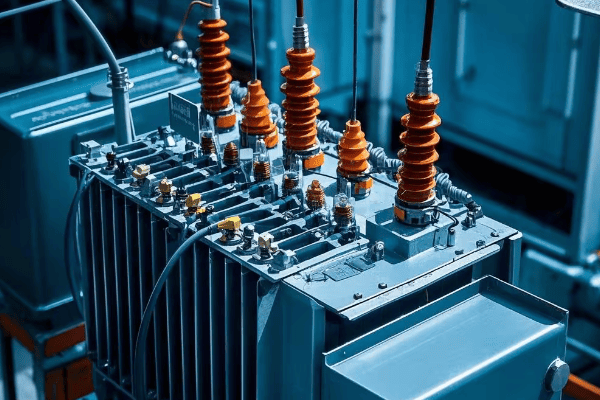
In my years of working on power distribution systems, I’ve seen firsthand how pad mounted transformers have changed the industry. Let me share some insights:
Efficiency Improvements
Pad mounted transformers are more efficient than traditional pole-mounted transformers for several reasons:
-
Less Power Lost in Lines: Being closer to where power is used, they reduce the distance electricity travels, cutting down on power lost in the lines.
-
Better Cooling: Being on the ground allows for better cooling, which improves efficiency.
-
Advanced Materials: Modern pad mounted transformers often use materials that minimize energy losses.
Reliability Improvements
The reliability improvements offered by pad mounted transformers are significant:
-
Weather Resistant: Being in weatherproof boxes, they’re less likely to be damaged by bad weather.
-
Easier to Maintain: Ground-level access makes checks and repairs quicker and safer.
-
Fault Isolation: In loop systems, problems can be isolated without cutting power to other areas.
Smart Grid Integration
Pad mounted transformers are key parts of modern smart grids:
-
Monitoring: Many new models have sensors to watch voltage, current, and temperature in real-time.
-
Remote Control: Some advanced units can be controlled from afar, allowing quick response to changing power needs.
-
Data Collection: They can provide valuable information for optimizing the grid and predicting maintenance needs.
Comparison of Distribution System Performance
| Factor | With Pad Mounted Transformers | With Traditional Transformers |
|---|---|---|
| Efficiency | Higher (usually 98-99%) | Lower (usually 95-97%) |
| Ease of Maintenance | High (ground-level access) | Lower (requires working at height) |
| Smart Grid Compatibility | High | Limited |
| Weather Resistance | High | Moderate |
| Fault Response Time | Faster | Slower |
I remember a project where we upgraded an old industrial park from pole-mounted to pad mounted transformers. The results were impressive:
- Energy losses decreased by 3%, saving a lot of money.
- Maintenance time was cut by 40%, improving overall system uptime.
- The number of weather-related power cuts dropped by 60% in the first year.
But perhaps the most exciting aspect of pad mounted transformers is their role in the future of power distribution. As we move towards more distributed energy resources like solar and wind, these transformers are proving invaluable.
In a recent project, we integrated a large solar farm into a suburban grid using pad mounted transformers. The transformers’ ability to handle power flow in both directions and their compatibility with smart grid technologies made this integration smooth and efficient.
However, it’s important to note that switching to pad mounted transformers isn’t without challenges. The initial installation cost can be higher, and in some cases, underground installation can be complicated by existing infrastructure or ground conditions.
Despite these challenges, the long-term benefits of pad mounted transformers in terms of efficiency, reliability, and future-readiness make them an excellent choice for modern power distribution systems. As we continue to evolve our power grids to meet the challenges of the 21st century, pad mounted transformers will undoubtedly play a crucial role.
Conclusion
Pad mounted transformers are changing power distribution with their safety features, looks, and efficiency improvements. They’re key for modern, reliable, and smart power grids. As we move towards a more electrified future, these green boxes will play a bigger role in powering our world.
Free CHBEB Transformer Catalog Download
Get the full range of CHBEB transformers in one catalog.
Includes oil-immersed, dry-type, pad-mounted, and custom solutions.
Quick Message
Request A free quote
We'd like to work with you
- +86 15558785111
- [email protected]
- +86 15558785111
What We Do
CHINA BEI ER BIAN (CHBEB) GROUP, with 218 million in registered capital, originated from Beijing Beierbian Transformer Group. Headquartered in Beijing for R&D, it operates major production bases in Nanjing and Yueqing, producing high-quality products.
Latest Product
address
BeiJing
No 3,RongJing East Road,BeiJing Economic Technological Development Area,BeiJing,China
JiangSu
No 7️Xiangfeng Road,Jiangning,NanJing,JiangSu,China
WenZhou
No.211, Wei 16 Road, Industrial Zone, Yueqing, Wenzhou, Zhejiang, China.
XiangYang Industrial Zone ,YueQing,WenZhou,ZheJiang,China
contact us
- [email protected]
- +86 13057780111
- +86 13057780111
- +86 15558785111
Copyright © Bei Er Bian Group


